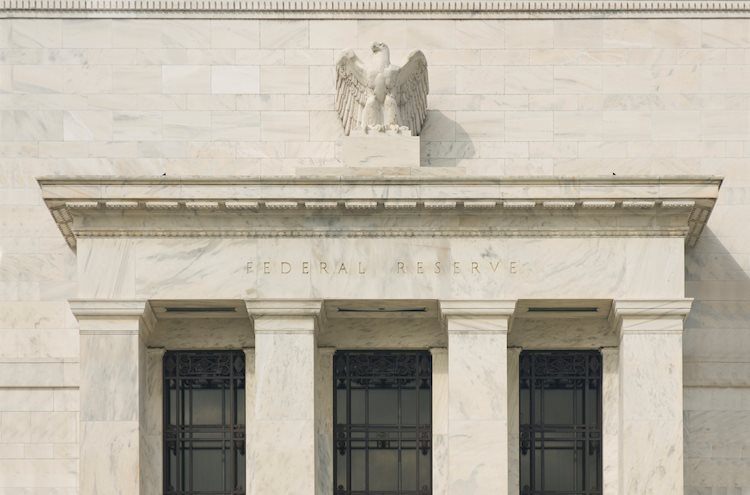Federal Reserve Bank of Atlanta President Raphael Bostic said on Monday that he’s undecided on whether an interest-rate cut is needed in the December meeting, but still believes Fed officials should continue lowering rates over the coming months, per Bloomberg.
Key quotes
“The risks to achieving the committee’s dual mandates of maximum employment and price stability have shifted such that they are roughly in balance, so we likewise should begin shifting monetary policy toward a stance that neither stimulates nor restrains economic activity,”
“I’m keeping my options open” over whether he will support a rate reduction when officials gather in Washington Dec. 17-18.”
“None of these trends send a strong signal that the labor market is rapidly deteriorating nor extremely tight.”
“Instead, they suggest that the labor market is cooling in a largely orderly fashion in the face of higher interest rates, a perspective we also hear from our business contacts.”
“There are certainly upside risks to price stability,” Bostic said, but added, “I do not view the recent bumpiness as a sign that progress toward price stability has completely stalled.”
“One of the things that we have seen over the last six or seven years is that there are lots of proposals that get floated around, and they change a lot as you go through.”
Market reaction
The US Dollar Index (DXY) is trading 0.01% lower on the day at 106.38, as of writing.
Fed FAQs
Monetary policy in the US is shaped by the Federal Reserve (Fed). The Fed has two mandates: to achieve price stability and foster full employment. Its primary tool to achieve these goals is by adjusting interest rates. When prices are rising too quickly and inflation is above the Fed’s 2% target, it raises interest rates, increasing borrowing costs throughout the economy. This results in a stronger US Dollar (USD) as it makes the US a more attractive place for international investors to park their money. When inflation falls below 2% or the Unemployment Rate is too high, the Fed may lower interest rates to encourage borrowing, which weighs on the Greenback.
The Federal Reserve (Fed) holds eight policy meetings a year, where the Federal Open Market Committee (FOMC) assesses economic conditions and makes monetary policy decisions. The FOMC is attended by twelve Fed officials – the seven members of the Board of Governors, the president of the Federal Reserve Bank of New York, and four of the remaining eleven regional Reserve Bank presidents, who serve one-year terms on a rotating basis.
In extreme situations, the Federal Reserve may resort to a policy named Quantitative Easing (QE). QE is the process by which the Fed substantially increases the flow of credit in a stuck financial system. It is a non-standard policy measure used during crises or when inflation is extremely low. It was the Fed’s weapon of choice during the Great Financial Crisis in 2008. It involves the Fed printing more Dollars and using them to buy high grade bonds from financial institutions. QE usually weakens the US Dollar.
Quantitative tightening (QT) is the reverse process of QE, whereby the Federal Reserve stops buying bonds from financial institutions and does not reinvest the principal from the bonds it holds maturing, to purchase new bonds. It is usually positive for the value of the US Dollar.
Read the full article here

